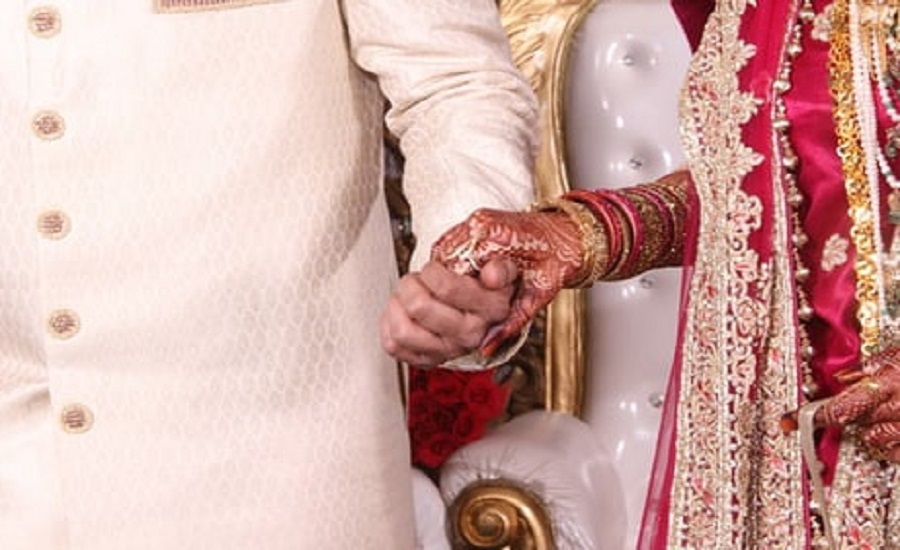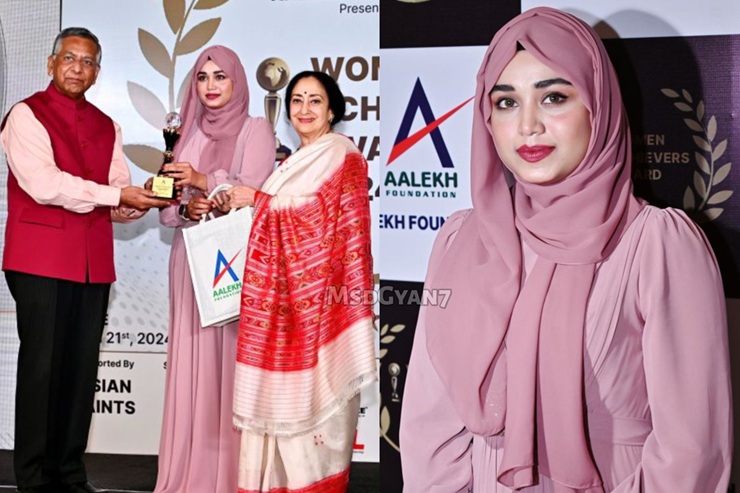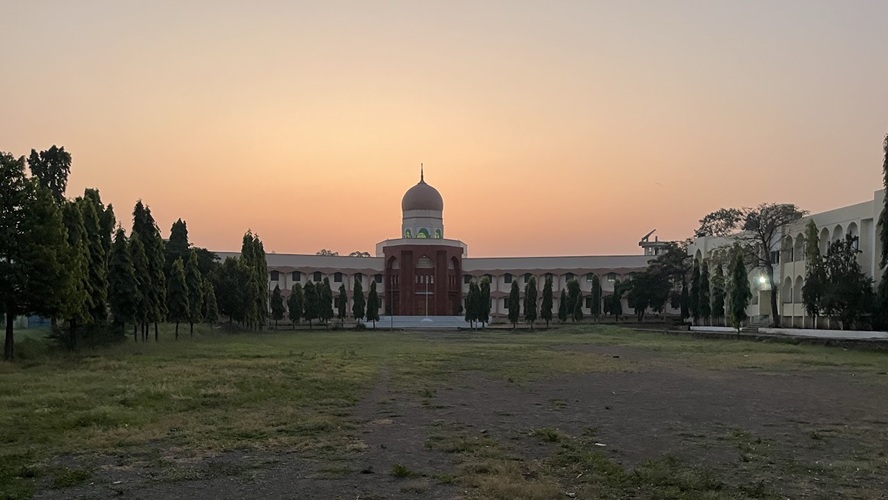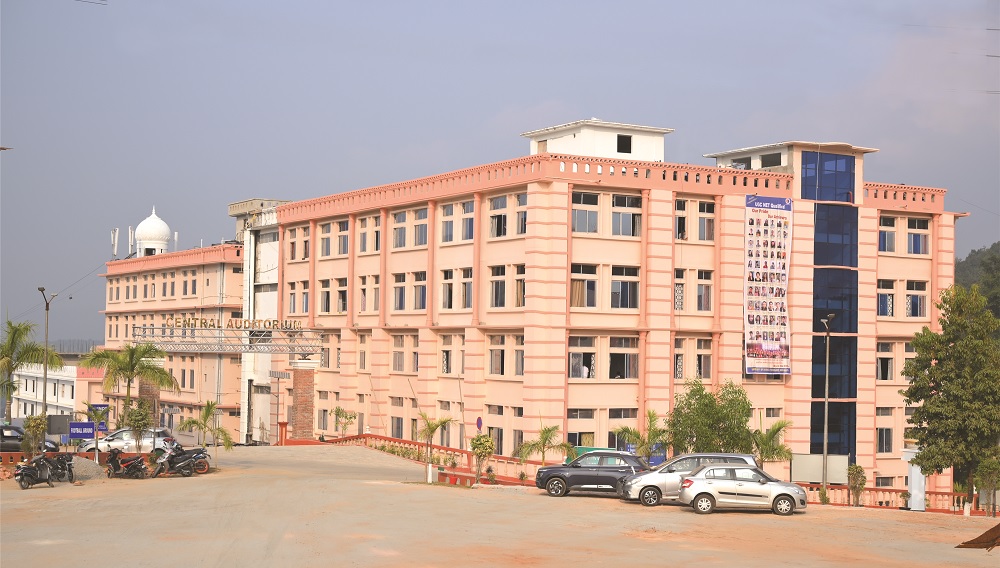The BJP government has proposed this without doing any homework. Perhaps the ruling party thinks that the move will suit it politically
Soroor Ahmed
IN this era when the age of becoming mother can be delayed by various methods how wise it is to raise the marriage age of girls from 18 to 21? The Union cabinet on December 15 took this decision, and in the process sparked off a debate. But if the present government is thinking that it has taken a revolutionary step on the ground of health it is perhaps mistaken as India is a rare country which has fixed the marriage age for girls at 21, when in almost all the developed nations it is still 18 or 19.
Not only that, the most populated country of the world, China, is debating that the marriage age for girls and boys needs to be brought down to 18 from 20 and 22 respectively. In Estonia the marriage age, as such, is just 15, which is lowest in Europe. Spain had raised the marriage age from 14 to 16 in 2015, which is five years lower than India. Many other countries have adopted much more liberal stand on the issue of marriage. In the United Kingdom the minimum marriage age is 18. But one can marry even at 16 with the parental consent.
In most states of the United States the minimum age for marriage is 18. In one state it is 19 and another 21. In the West, where the institution of marriage is collapsing as more and more people are opting for live-in relationship, fixing such age is meaningless. The irony is that on this issue the BJP government as well as many liberals are on the same page. They think that they would be considered as much progressive and broad-minded though the fact is that holding such view itself is a sign of sheer inferiority complex. It is going to create more problem than solve the health-related complications of girls. It must be told that the child marriage is now coming down sharply in most sections of the society barring Scheduled Castes and Scheduled Tribes.
The powers that be needs to be told loud and clear that now the delay in marriage is causing more medical complications for girls, most of them at the time of birth. If this challenge is not taken up in the near future it is going to cause a major problem. The delay in marriage is already causing demographic imbalance and would lead to social disequilibrium.
In many modern middle-class the concept of DINK, that is “double income no kid” is in practice. But it has also been observed that such marriages are more prone to collapse as children are often a cementing factor to keep the family united. Even if DINK is not in practice a sizeable number of women are not becoming mother as they are getting married in 30s, when the fertility rate already comes down. So far, the downtrodden section of the society — especially SCs and STs — are concerned they have another problem, though it is also true that child marriages have come down among them too. As they are mostly labourers, they try to marry off their daughters early as they feel that they are not safe alone at home.
If we are claiming that the marriage age has increased in the weaker section of the society because of the spread of education then we are fooling ourselves. True the number of girls going to schools has increased and drop-out rate among Dalits and tribals have got reduced slightly yet the picture is far from satisfactory.
In contrast, the marriage age of girls is increasing because of economic reasons. In fact, the boys are now dropping out from schools at a lower age than girls and are sent to urban centres to earn their livelihood as agriculture is not proving beneficial and there is little scope for them in the rural areas. The country has witnessed massive distress migration in the last few decades. The number of adolescent boys and even grown-up men has virtually vanished from the rural hinterland. That is why the age of marriage — both for boys and girls — has automatically gone up.
Our part-time experts and journalists doing research, while living in the metros would make a tall claim of more women participation in voting and rise in school enrollment of girls. What they would not highlight is that a large number of men are not living in their native places. In such a situation the percentage of women would naturally increase. This is not anything to celebrate as women empowerment, but we should seriously ponder over it.
Yes, the girls, even of the weaker section, may be spending more years in schools. But are they really learning more or just whiling away their time? Every year studies are coming up revealing that boys and girls of Class VII or VIII of government schools are unable to solve simple questions of Math or English of Class-III or IV.
Instead of patting our backs one needs to study the following facts: are our government schools really teaching the economically weaker section of the society or just making them bare literate so that they can use the mobile phones. We need this much little educated girls, especially from tribal regions, so that they can work as maids in the middle-class houses of metros. They work there for years and sometimes they do not get an opportunity to marry. So far young boys are concerned, there is nobody to highlight their plight.
The return of the migrant labourers to their homes after the abrupt lockdown on March 24, 2020 should have come as an eye-opener for everyone. Yet we turned blind eye to the stark reality. A good number of them were the teenage boys, some of them not even 15 working in hellish conditions at very low wage and that too hundreds of kilometres away from their homes. One of the television channels showed a shot of one such boy crying at a bus stand in Delhi after he missed his bus for Bihar.
Similarly, when the fertility rate of India has reached the replacement level, the present BJP government is busy implementing the two-child norm, which is going to create another problem. In the same way, when there is no scope for raising the marriage age for girls it came up with this idea without doing any homework. Perhaps the ruling party thinks that the move will suit it politically.






0 Comments